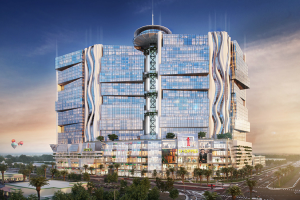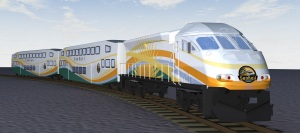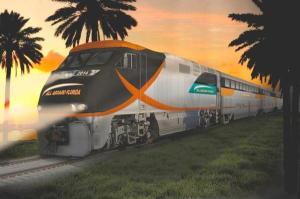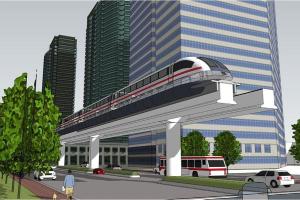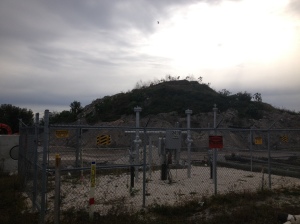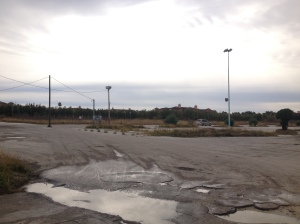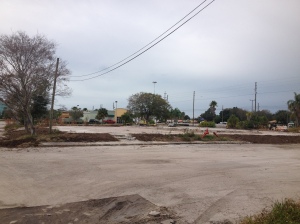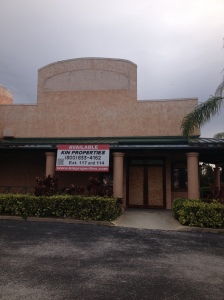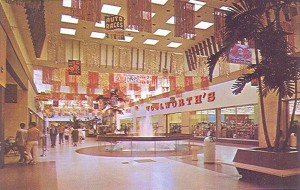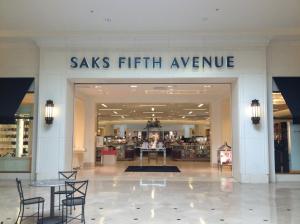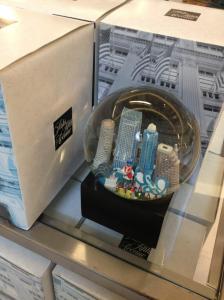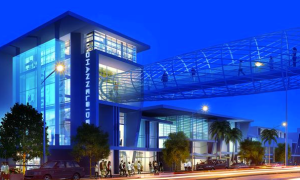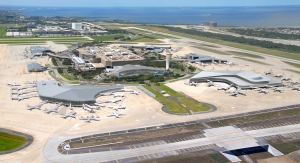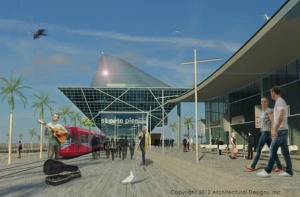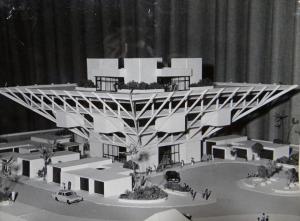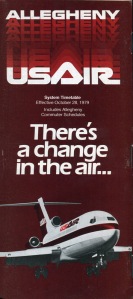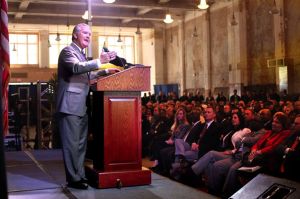The original intent of this collection of thoughts was to explore the changing (for better or worse) urban landscape of the State of Florida (and, to a lesser extent, the southern United States). While you can argue the size of its impact, and whether it has done more harm or more good…it’s hard to argue that one of the more significant occurrences in Florida’s growth was the creation of Walt Disney World. Those who know me are aware of just how much of an influence EPCOTCenter has had on my interests in architecture, urban planning, technology, music, and (in more recent years), international beer offerings. I’ve sat idly by and watched over the past decade as Epcot has transitioned from a unique showplace like nothing else to…well…another theme park. I could write until I crash these servers about the original concepts behind Epcot and where they’ve fallen to today, but I’ll spare you all of that.
“EPCOT’s energy pavilion provides a showcase for today’s solar technology. More than 80,000 photovoltaic cells have been installed on the roof. When exposed to sunlight they generate electric current to help power your traveling theater cars. So, in a sense, you’ve been ‘riding on sunshine’ throughout our show.”
-The Universe of Energy, 1982
In the early 1960s, Walt Disney conceived the Experimental Prototype Community of Tomorrow to be a working city of the future, and an expo of emerging i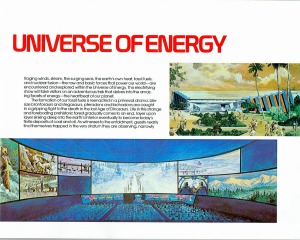 deas and technologies. After his death in late-1966, the Walt Disney Company promptly decided to remain in the entertainment business and stay out of the community development business – focusing on Walt Disney World Phase 1: The Magic Kingdom, hotels, and other recreation and entertainment. By 1975, however, they decided to revisit Epcot. A site to entertain, yes. But not just another theme park. Someplace that would Entertain, Inform, and Inspire. A permanent World’s Fair, of sorts. What we know of today, Future World (to showcase emerging technologies) and World Showcase (to display societies of the world) came to be by the late-1970s, with an opening in October of 1982. A “theme park” of sorts, yes, but like no other. Adding the information and inspiration not seen in any place prior. It was not a working city of the future, but it was not a total departure from the original vision, by any means.
deas and technologies. After his death in late-1966, the Walt Disney Company promptly decided to remain in the entertainment business and stay out of the community development business – focusing on Walt Disney World Phase 1: The Magic Kingdom, hotels, and other recreation and entertainment. By 1975, however, they decided to revisit Epcot. A site to entertain, yes. But not just another theme park. Someplace that would Entertain, Inform, and Inspire. A permanent World’s Fair, of sorts. What we know of today, Future World (to showcase emerging technologies) and World Showcase (to display societies of the world) came to be by the late-1970s, with an opening in October of 1982. A “theme park” of sorts, yes, but like no other. Adding the information and inspiration not seen in any place prior. It was not a working city of the future, but it was not a total departure from the original vision, by any means.
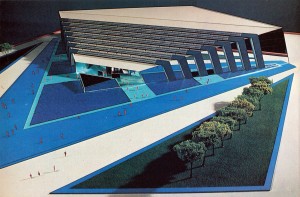
“Here we see what will house the Energy pavilion: Massive. Wedge-shaped. Practical.” -EPCOT Promotional Film, 1978
Three decades later, the world has changed; people have changed; the Walt Disney Company has changed; the economy has changed…and, as planned, Epcot has changed. But, in what ways? Attractions modernized and stayed current. But people have become increasingly distracted and more difficult to entertain. And virtually impossible to inspire. And inform? At a theme park? Not a chance. World of Motion (showing the evolution of transportation) has become Test Track, a thrill ride. The Living Seas (showing the evolution of exploring the unexplored side of earth), has become a Finding Nemo ride. Even Norway’s, Maelstrom – a thrill ride that teaches and celebrates Scandinavian culture – now an &%$#ing “Frozen” ride. The Universe of Energy originally taught the significance of exploring new ways to harness energy. But, it was rather…dry. A science lesson, of sorts – with a brief ride through a primeval jungle. So, in 1996 it was lightened up. Now, Ellen DeGeneres and Billy Nye the Science Guy took you on a fun, whimsical and funny journey through the Universe of Energy. Equal parts informative and entertaining. But twenty years later – things change. Nobody goes to a theme park to learn, or even have their thoughts challenged anymore. They want entertainment. And cheap thrills. And nothing else. And what do the powers at be want? Money. Money.
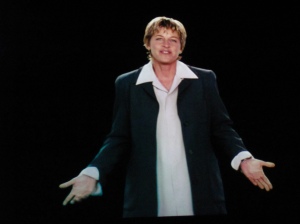
“They’re getting rid of me! What gives?”
The Disney company now has the rights to Marvel films. Big money. And, what’s an adventure film without an adventure ride to accompany it? Exciting talks for a ‘Guardians of the Galaxy’ thrill ride get everyone buzzing. But where’s it gonna fit in the 47-square mile Walt Disney World complex? Somebody’s gotta go. The 20-year old science lesson, staring that talk show host and old guy on PBS reruns, no doubt.
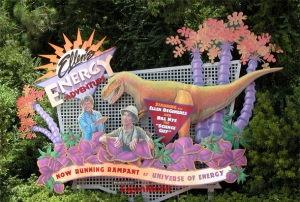
Alright, maybe the 90s look here is a bit dated. But still…
My point? This isn’t about closing The Universe of Energy. A 20-year run is a solid one. This isn’t about making things more current and trying to please the masses. This is about shedding two-thirds of Epcot’s mission. Now…it’s purpose is to entertain. That’s it. Who else shares that unique purpose? Universal…Six Flags…Busch Gardens…every other amusement park under the sun. A theme park full of movie-themed thrill rides? I think that may have been done before. What was once a place like no other…where entertainment, information and inspiration all came together in a unique harmony is no more. The original vision we grew up with has begun to quickly disappear. But millions of us will always be able to look back on the past – a place that contributed so much to the person that I became growing up. As “vintage” becomes so popular in our culture – maybe a vintage Epcot where vintage ideas like learning and trying new things will come to pass someday. Until then, I’ll just be hanging out in the “Rose and Crown Pub” in the U.K. Pavilion. I have a feeling that one will be around for a while…
I believe we can build a community that more people will talk about and come to look at than any other area in the world.
-Walt Disney, “EPCOT” -1966

